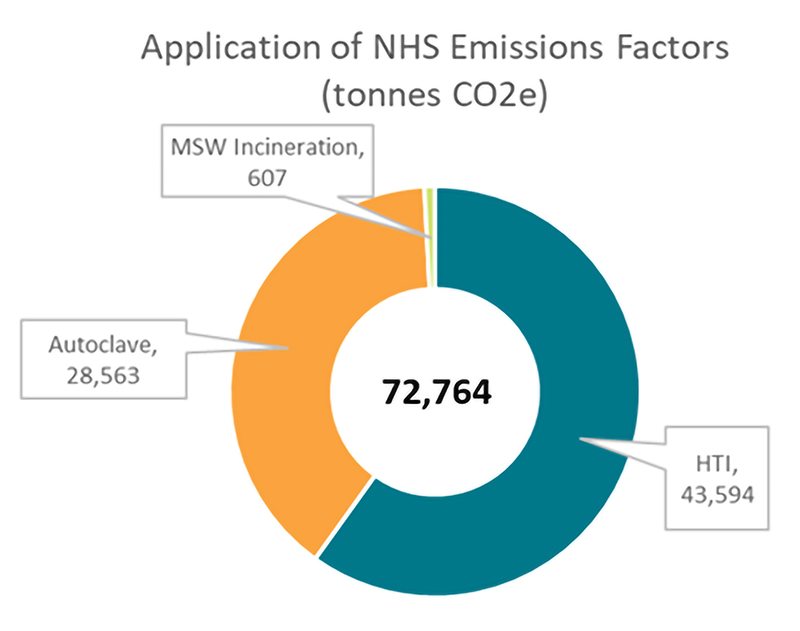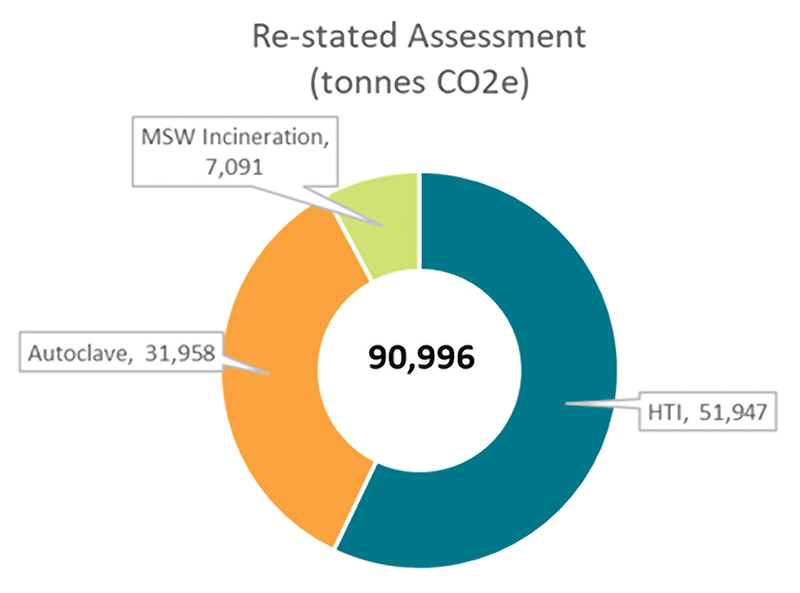This article was First published in MRW Magazine
The recent announcement by the Government to include incineration in the UK ETS from 2028 comes as little surprise. However, the next stage of consultation on the detail will provide challenges on a number of fronts, and the implications are of course far-reaching.
However, the current position for those using the existing tools for the measurement of ‘fossil carbon’ are already very challenging regardless of the potential changes that may happen in 5 years’ time.
The BEIS conversion factor tool is the default, but it actually doesn’t capture carbon emissions from Energy from Waste incineration (although waste derived oils, biomass and biogas are included in terms of energy generation). In fact, where many turn to the ‘Waste Disposal’ tab on the conversion factors sheet this does not necessarily hold the answer either – as we found out at our cost and consequently sought clarification from BEIS. The factors for ‘combustion’ are only in respect of the transport to the facility – the assumption being that it is for the EfW plant to account for its ‘own’ emissions.
The implications are significant – what criteria/conversion factors should be used. By way of an example, Monksleigh recently assessed the NHS England Clinical Waste Strategy (published Mar 2023) which details how they aim to reduce their emissions (and cost) through limiting disposal via High Temperature Incineration (HTI) and consign more of their clinical waste arisings to Autoclave and ‘MSW incineration’.

In the absence of agreed conversion factors NHS England have used carbon figures published in a research paper (Rizan et al 2021 – the carbon footprint of waste streams in a UK hospital). The most significant issue with their approach, however, is that they have taken the BEIS conversion factor for ‘MSW Incineration’ (i.e. the transport only figure) as their carbon equivalent arising from MSW incineration. Whilst many are using default figures of around 500kgCO2e emitted for one tonne of waste combusted for ‘MSW incineration’, the RIzan et al paper uses a figure of 249kgCO2e, and the BEIS figure/NHS England use 21.294kgCO2e.

This has led to a massive distortion in the assessment of their current emissions and impact to their future strategy to reduce emissions (NHS England will not be the only ones to fall foul of this error). In terms of current NHS England emissions the 72,764 tonnes of CO2e from waste disposal operations represented around 52% of their total (140,000 tonnes of CO2e). Applying the Rizan et al paper figures this would have to be re-stated at 90,996 tonnes, which would increase by a further c.6,500 tonnes CO2e if the 500kgCO2e figure were used.
So, as we move forwards in the consultation process, early guidance and clear default emission conversions need to be introduced and adopted that can be used by all of us operating in this space to avoid any further confusion; it’s complicated enough already – and that’s without any potential outcome of the EFW ETS consultation requesting the measurement of actual emissions from the stack.

